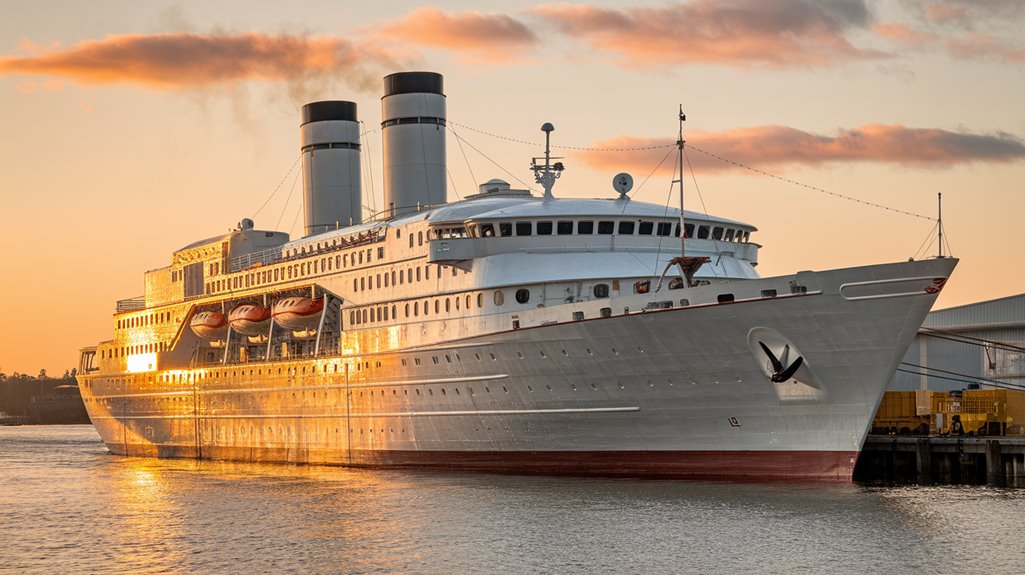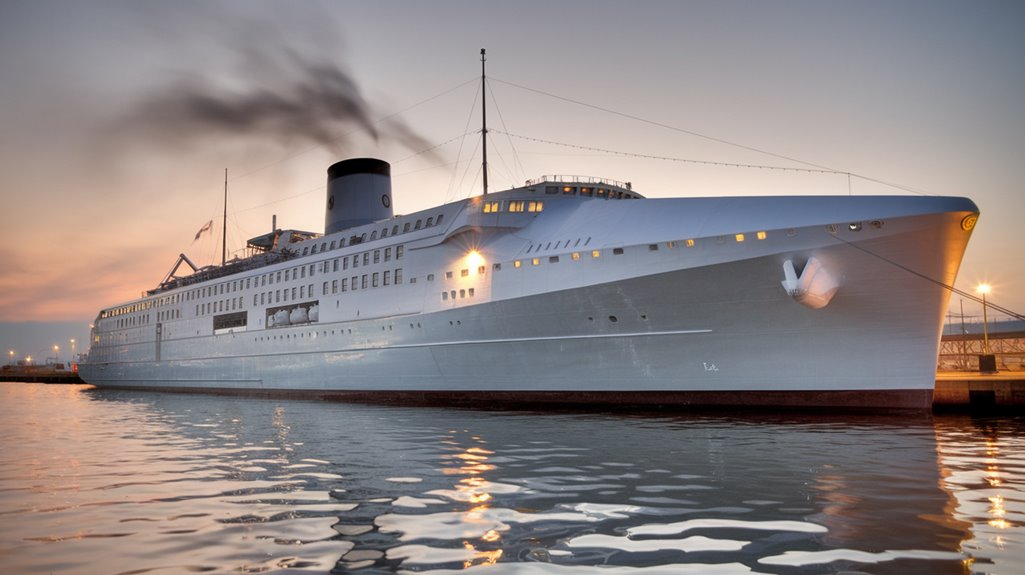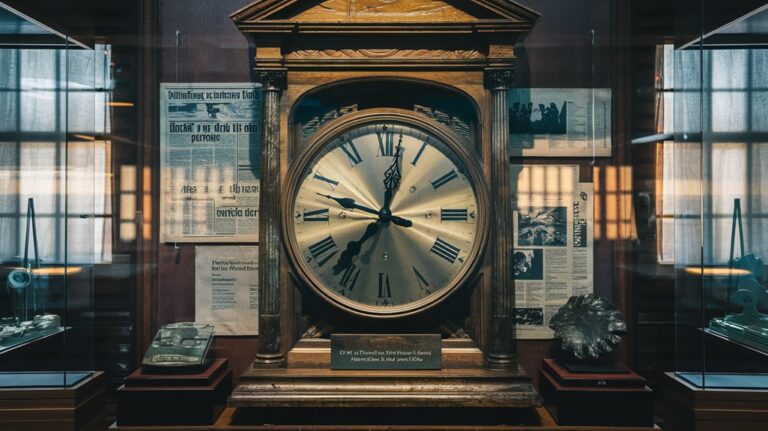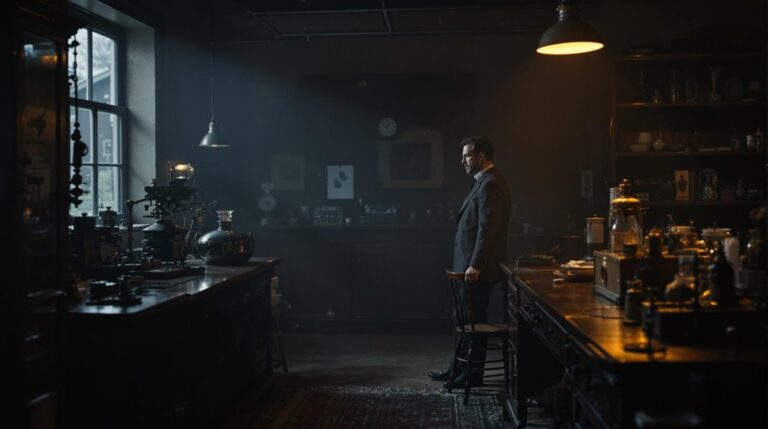Atomic Liners: When Nuclear Cruise Ships Were All the Rage
Did you know that in 1962, a ticket aboard the N.S. Savannah cost just $48 per day – less than half the price of conventional cruise ships at the time? You might not realize it, but nuclear-powered cruise ships once promised to revolutionize leisure travel. With unlimited range and no need to refuel, these atomic vessels captured the public's imagination during the Space Age. The story of their rise and fall reveals much about our changing relationship with nuclear technology and the dreams of tomorrow.
The Birth of Nuclear Maritime Travel: N.S. Savannah's Legacy
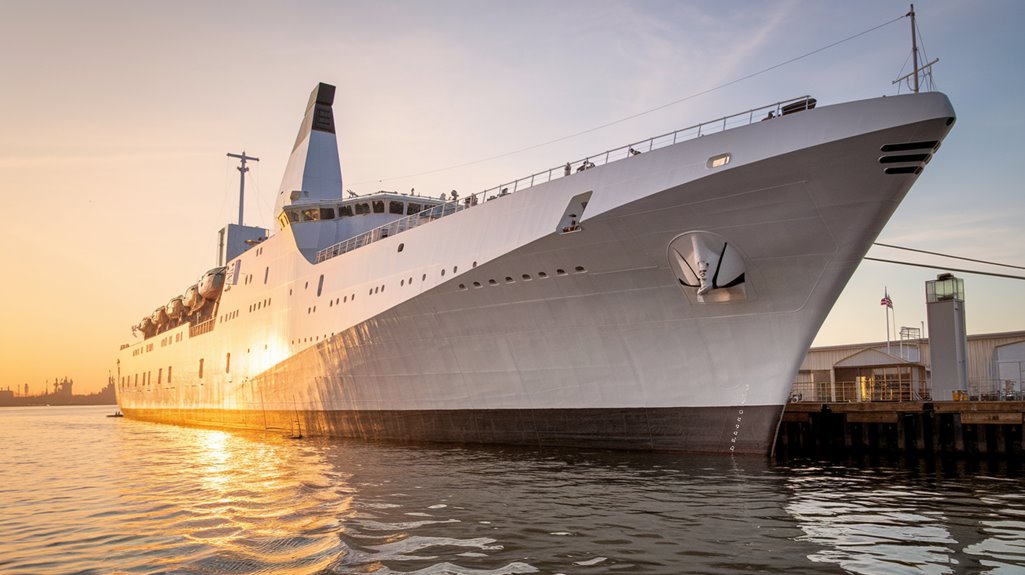
While nuclear power was revolutionizing energy production in the 1950s, President Eisenhower's "Atoms for Peace" initiative gave birth to the N.S. Savannah. Built at a cost of $46.9 million, this pioneering nuclear technology showcased America's commitment to peaceful atomic applications. The vessel could circle the globe at impressive speeds without requiring refueling stops.
The N.S. Savannah's significance extended beyond its innovative reactor. You'd find luxury amenities aboard, including a pool and a dual-purpose lounge that served as both dining room and movie theater. The ship's distinctive design included nine watertight compartments that enhanced its safety features.
After its 1962 maiden voyage, the vessel visited 77 ports and welcomed 1.4 million visitors, proving nuclear maritime travel could blend with passenger comfort. With a range of 336,000 miles on one fuel load and capacity for 60 passengers and 124 crew, the ship demonstrated remarkable efficiency.
Though decommissioned in 1970, it earned Nuclear Historic Landmark status in 1991.
How Nuclear-Powered Ships Changed the Game
Building on the N.S. Savannah's groundbreaking legacy, nuclear-powered ships have revolutionized maritime efficiency in ways you mightn't expect.
These vessels can operate for up to 50 years – nearly double the lifespan of conventional ships – while eliminating the need for frequent refueling stops.
The nuclear advantages are striking: you'll find these ships can maintain very fast steaming speeds without additional fuel costs, effectively reducing the required fleet size.
With innovative developments like Small Modular Reactors and Molten Salt Reactors, the technology's becoming more streamlined and safer than ever. The industry emphasizes Risk Based Certification to ensure these vessels meet rigorous safety standards.
Cruise ships powered by nuclear reactors could offer expanded space for bars and restaurants, making them more appealing to leisure travelers.
You're looking at a future where ships can operate continuously for years, free from fuel price volatility.
Major players like Maersk are already exploring this technology, recognizing its potential to transform commercial shipping and eliminate maritime emissions.
The Environmental Promise of Atomic Vessels
As shipping companies grapple with mounting pressure to reduce emissions, nuclear-powered vessels offer a game-changing solution to maritime pollution.
You'll find that nuclear sustainability presents a compelling case: these ships emit zero carbon dioxide during operation, helping tackle the industry's massive one-billion-ton annual CO2 output.
Modern small modular reactors (SMRs) are revolutionizing maritime nuclear power. The growing industry interest shown in the International Chamber of Shipping's 2022 survey demonstrates increasing acceptance of this technology.
They're compact, safer, and use low-enriched uranium, addressing previous safety concerns while delivering impressive emissions reduction benefits. The industry's commitment to science-based targets aligns perfectly with nuclear power's zero-emission capabilities.
What's more, nuclear-powered vessels require less frequent refueling and maintenance, making them operationally efficient.
With the maritime industry aiming to slash emissions by 50% by 2050, nuclear power emerges as a viable path forward.
Major players like Maersk and Lloyd's Register are already exploring this technology's potential to transform shipping.
Safety Concerns and Public Perception
Despite nuclear power's promising environmental benefits, safety concerns and public skepticism remain significant hurdles for atomic-powered cruise ships. You'll find that public fear stems largely from historical nuclear accidents and media coverage, making it challenging for the industry to gain widespread acceptance. Modern nuclear vessels offer zero carbon emissions while operating at sea.
Regulatory challenges add another layer of complexity, as maritime authorities must establish stringent safety protocols specific to nuclear vessels. While modern Small Modular Reactors (SMRs) offer enhanced safety features and advanced emergency systems, the operational complexities of nuclear-powered ships require special handling and detailed response plans. The NS Savannah faced significant challenges with certifications and port access during its operational years.
You'll notice that cultural barriers and generational differences also play vital roles in shaping public perception, though younger travelers tend to be more receptive to nuclear power due to its environmental advantages. The key to overcoming these obstacles lies in education and transparent communication about safety measures.
The Next Wave: Modern Nuclear Maritime Innovation
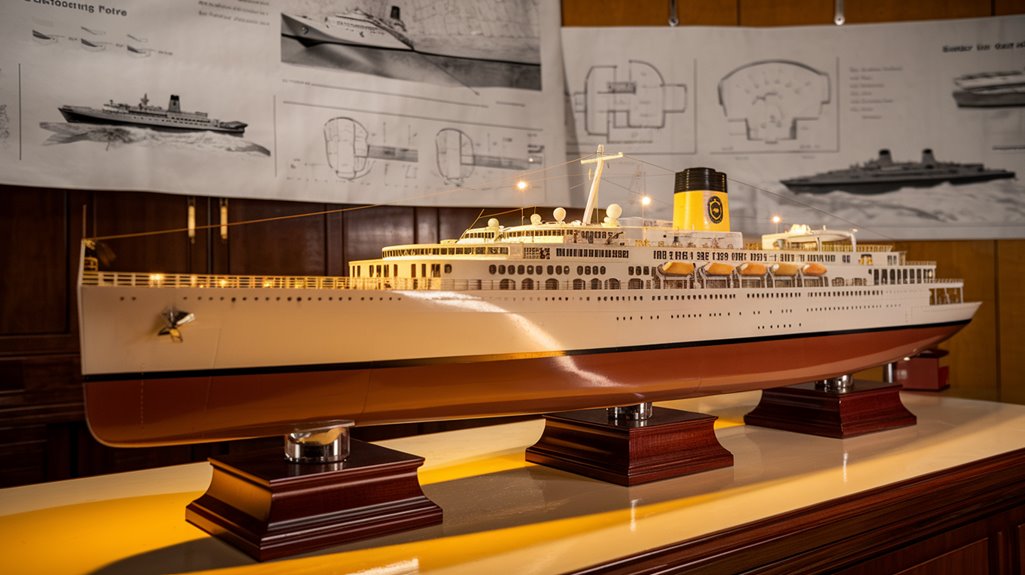
Technological breakthroughs in nuclear maritime innovation are revolutionizing the cruise and shipping industries.
You'll find cutting-edge projects like NuProShip evaluating fourth-generation nuclear propulsion systems, including Kairos Power's molten salt reactor and Ultrasafe's helium-cooled designs.
Leading companies aren't waiting on the sidelines.
These innovative projects are supported by the Research Council of Norway, demonstrating significant national commitment to advancing maritime nuclear technology.
Maersk has partnered with Lloyd's Register and Core Power to explore compact reactors for container ships, while VARD collaborates with Norwegian institutions to advance maritime nuclear technology.
These modern systems are millions of times more energy-dense than fossil fuels, allowing vessels to operate for decades without refueling.
Studies indicate that adopting nuclear vessels could prevent 4.5 billion tons of CO2 emissions from entering the atmosphere.

